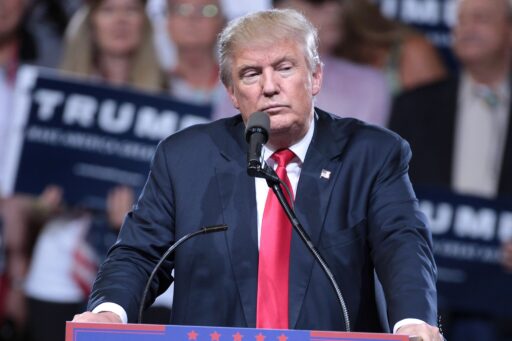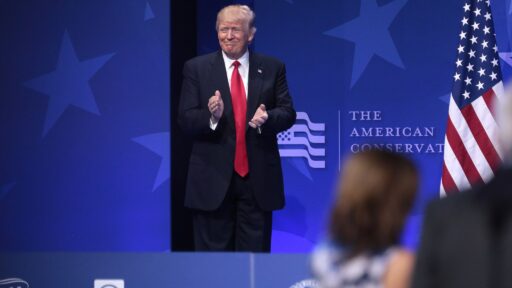Biden’s Gaza Problem Now In Trump’s Hands
The ongoing ceasefire between Israel and Hamas, which is expected to begin its first phase this Sunday, offers a glimmer of hope for peace in the region. However, many remain cautious about its longevity, with skeptics questioning whether this fragile truce can hold. As President-elect Donald Trump prepares to take office next week, he will inherit this delicate situation and will be tasked with ensuring its success—or risk the possibility of renewed violence.
The ceasefire agreement is divided into three phases, aimed at securing the release of hostages and prisoners and eventually establishing a lasting peace in Gaza. While both Israel and Hamas have agreed to these terms, the situation remains volatile, and the road to peace is far from clear. As a seasoned negotiator, Trump may find himself taking an active role in overseeing the implementation of this agreement, a challenge that could take months to fully resolve.
Trump’s strong stance during the election, coupled with his administration’s diplomatic efforts, played a pivotal role in bringing both sides to the table. However, the future of the ceasefire will depend on continued cooperation and the strategic decisions made by Israel’s Prime Minister Benjamin Netanyahu, who faces intense pressure from his far-right coalition to pursue a more aggressive stance toward Hamas. Trump’s ability to influence Netanyahu could prove crucial in ensuring the deal’s full implementation, as Israel’s security concerns are deeply tied to the nature of the ceasefire.
Despite the optimism surrounding the ceasefire, both Republican and Democrat lawmakers have expressed reservations about its sustainability. Rep. Michael McCaul (R-Texas) echoed the sentiment of caution, reminding us of the need for verification—”trust, but verify,” as President Reagan once said.
Additionally, the broader regional implications, such as the potential for Israel to normalize relations with Saudi Arabia, could shape Trump’s interest in keeping the peace process on track. If the ceasefire can be tied to a broader diplomatic victory, it might keep Trump’s focus on ensuring the agreement’s success. But if the Saudis are unwilling to move forward, or if Netanyahu faces insurmountable internal opposition, Trump could decide to scale back his engagement.
While the Biden administration has urged Trump to continue its work, it remains uncertain how much involvement the incoming administration will maintain. With complex issues still unresolved, including the fate of Gaza post-conflict and the return of deceased hostages, Trump will need to navigate a delicate balance between pursuing peace and supporting Israel’s long-term security objectives. The first phase of the ceasefire, focusing on the return of vulnerable hostages, is set to last around six weeks, but much depends on whether the second and third phases can be successfully carried out.
In the coming months, Trump’s leadership will be tested, and while optimism is cautiously high, the reality of Middle Eastern diplomacy demands a steady hand and unwavering resolve. Only time will tell if this ceasefire can withstand the pressure, but for now, the international community is holding its breath.







